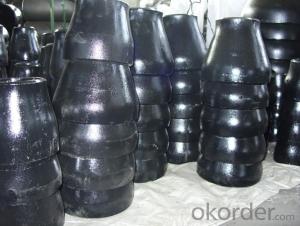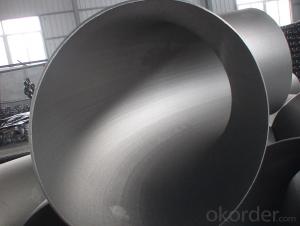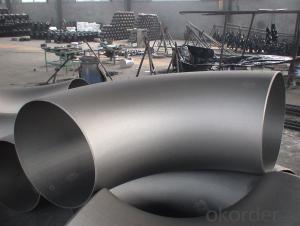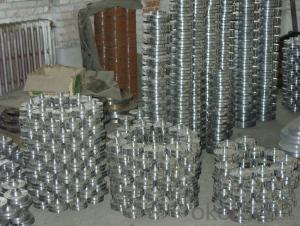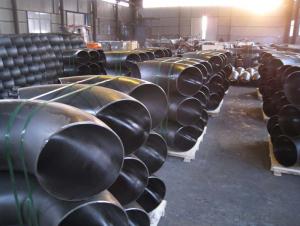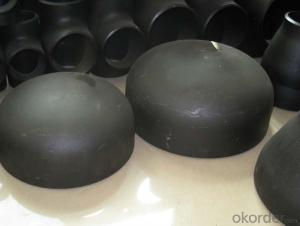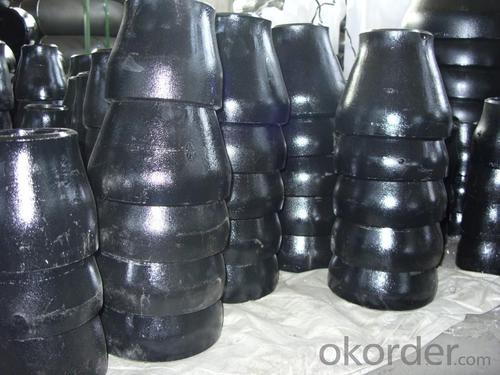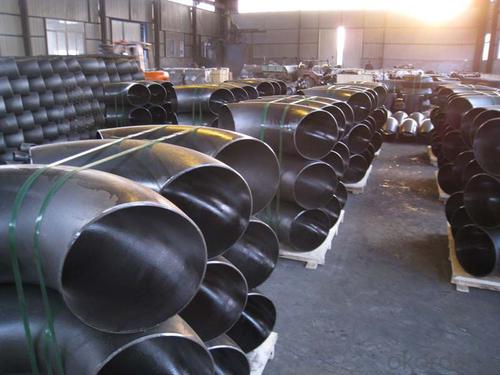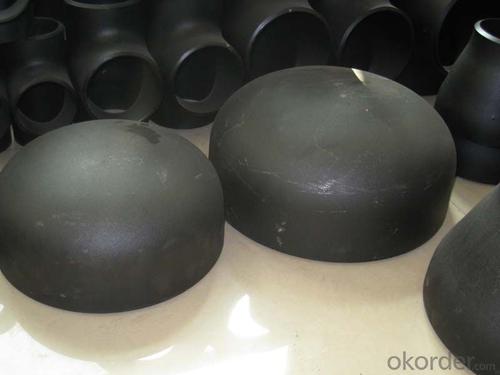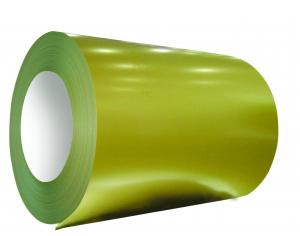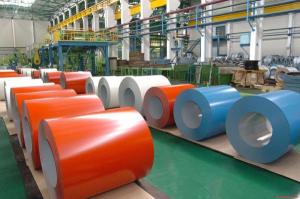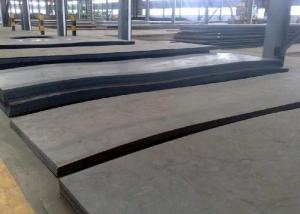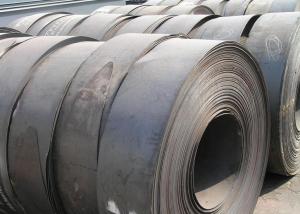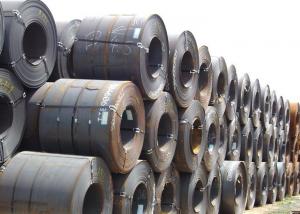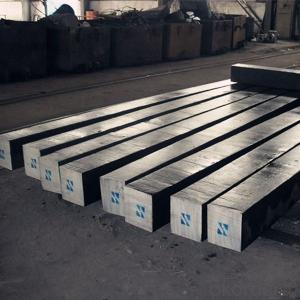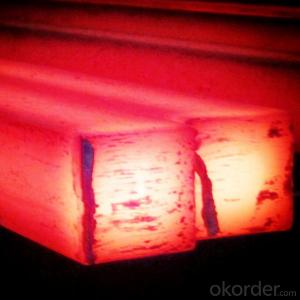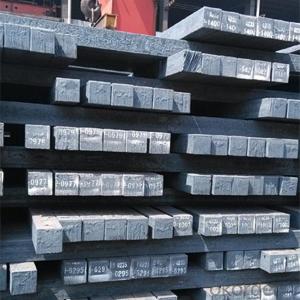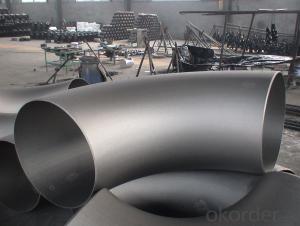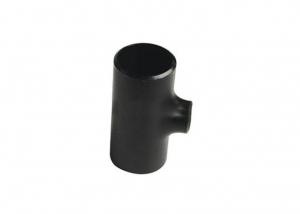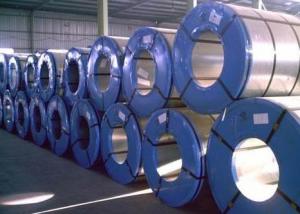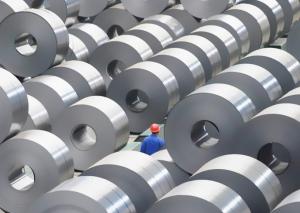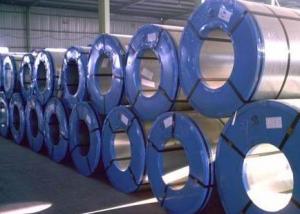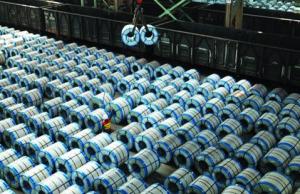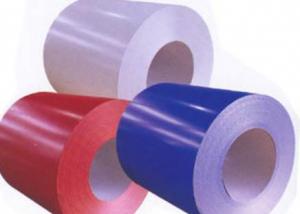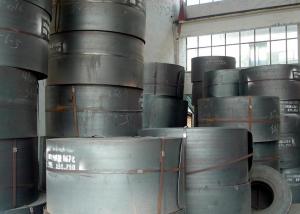Carbon Steel Pipe Fittings SA105
- Loading Port:
- China Main Port
- Payment Terms:
- TT OR LC
- Min Order Qty:
- -
- Supply Capability:
- -
OKorder Service Pledge
OKorder Financial Service
You Might Also Like
Specifications
pipe fitting elbow
Certificate:ISO:9001-2000
New material,completely meet asme and din standard
Best price
1. type: AISI ASTM A234 WPB BW Con Elbow
2. Size: 1/2"-48"(1/2"-24"is seamless and 26"-48"is welded)
3. Wall thickness: sch10-160, STD, XS, XXS
4. Material: A234WPB, A420WPL6, A420WP5, WP11, WP12, WP22, etc
5. Welding line: seamless
6. Angle of bend: 30, 45, 90, 180degree
7. Bending radius: SR, LR
8. Standard: ANSI B16.9, JIS, SB, DIN, GB
9. Surface treatment: black paint, vanis paint, black rust-proof oil,
transparent oil, hot galvanizing
10. Application: petroleum, electricity, chemical, natural gas, metallurgy,construction,
shipbuilding and other fields because of its high pressure, high temperature, etc
11. connection: welding
12. technics:forged
13.Certificate:ISO9001 - 2000, CE, SGS, etc.
14. packaging: wooden case, pallet, container or in accordance with the
requirement of customers
15. Principle: quality fist, customer first, credit first
16. payment: L/C T/T
17. delivery time: 7-25 days after payments
18. Notes: the bevel can be made in accordance with the special requirements
of the customers
19. Others: we can also produce the products according to the requirements
of the customers
The main production:
1. PIPE FITTINGS: elbows, tees, bends, reducers, cap, flanges and sockets etc.
2. PIPE: bult welded pipes, seamless pipes, threaded pipes, etc.
We sincerely welcom customers at home and abroad to visit us and seek common development.
- Q: What are the different types of steel angles and their applications?
- There are several types of steel angles, including equal angles, unequal angles, and L-shaped angles. Equal angles have equal leg lengths and are commonly used for structural applications such as framework and supports. Unequal angles have unequal leg lengths and are often used for decorative purposes or in situations where one leg needs to be longer for specific requirements. L-shaped angles are used for corner reinforcement, shelving, and bracing in construction projects.
- Q: How are steel gratings used in the construction of walkways and platforms?
- Steel gratings are commonly used in the construction of walkways and platforms to provide a sturdy and safe surface for people to walk on. These gratings are designed with open spaces or gaps, allowing for proper drainage of rainwater, snow, and other liquids. They also offer excellent slip resistance, ensuring a secure footing for pedestrians. Additionally, steel gratings are durable and can withstand heavy loads, making them an ideal choice for high-traffic areas.
- Q: How is steel used in the production of amusement park rides?
- Steel is used in the production of amusement park rides due to its strength, durability, and ability to withstand heavy loads and forces. It is commonly used to construct the framework, supports, and tracks of roller coasters and other thrill rides, ensuring the safety and stability of the ride while providing a smooth and thrilling experience for riders.
- Q: How do steel products contribute to the construction of dams and reservoirs?
- Steel products play a vital role in the construction of dams and reservoirs due to their durability, strength, and versatility. Steel is used extensively in the structural components of dams, such as gates, spillways, and penstocks, as it can withstand high pressures and heavy loads. Additionally, steel reinforcement bars are incorporated into the concrete to enhance its tensile strength, ensuring the structure's stability. Steel sheets and plates are also employed for lining tunnels and creating watertight barriers. Overall, steel products provide the necessary strength and reliability required for the successful construction and long-term functionality of dams and reservoirs.
- Q: How are steel billets produced?
- Steel billets are produced through a process called casting, where molten steel is poured into molds and then cooled and solidified to form rectangular or square-shaped blocks. These billets are then further processed through rolling or extrusion to create various steel products.
- Q: How are steel products used in the chemical industry?
- Steel products are widely used in the chemical industry due to their durability, resistance to corrosion, and ability to withstand high temperatures and pressures. They are commonly used in the construction of chemical processing equipment such as tanks, pipelines, reactors, and storage vessels. Steel products also play a vital role in supporting and securing various chemical processes, ensuring the safe and efficient production of chemicals.
- Q: What are the different types of steel pipes and tubes?
- There are several different types of steel pipes and tubes, including seamless pipes, welded pipes, galvanized pipes, stainless steel pipes, and structural tubes.
- Q: How are steel plates used in shipbuilding?
- Steel plates are used in shipbuilding to provide structural support and strength to the ship's hull. They are often used to construct the ship's outer shell, known as the hull, as well as bulkheads, decks, and other components. Steel plates are welded together to form the ship's structure, ensuring its integrity and ability to withstand the harsh conditions of the sea.
- Q: How is steel used in the production of HVAC systems?
- Steel is commonly used in the production of HVAC systems due to its strength, durability, and resistance to corrosion. It is utilized to fabricate various components such as ductwork, pipes, and heat exchangers, ensuring the system's structural integrity and longevity.
- Q: How is steel used in the production of playground equipment?
- Steel is commonly used in the production of playground equipment due to its strength, durability, and ability to withstand outdoor elements. It is used to construct the frames, supports, and chains of various play structures such as swings, slides, and climbing frames. Steel's robust nature ensures the equipment can safely support the weight of children and withstand frequent use and harsh weather conditions, making it an ideal material for playground equipment.
Send your message to us
Carbon Steel Pipe Fittings SA105
- Loading Port:
- China Main Port
- Payment Terms:
- TT OR LC
- Min Order Qty:
- -
- Supply Capability:
- -
OKorder Service Pledge
OKorder Financial Service
Similar products
Hot products
Hot Searches
Related keywords
